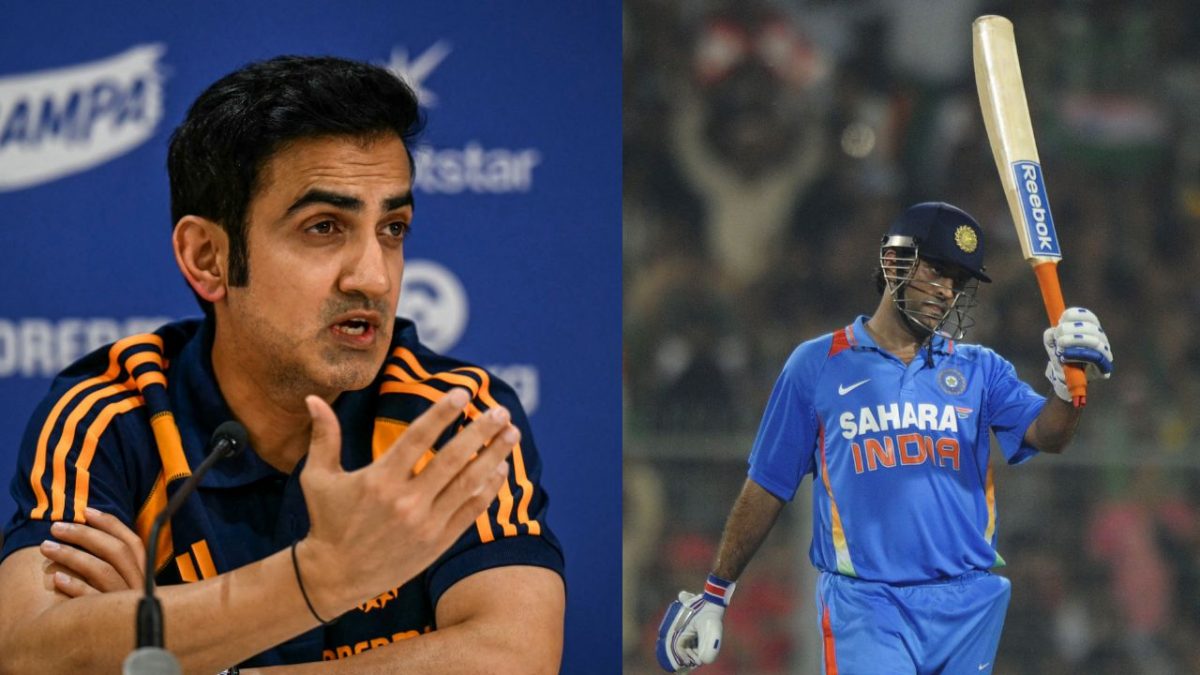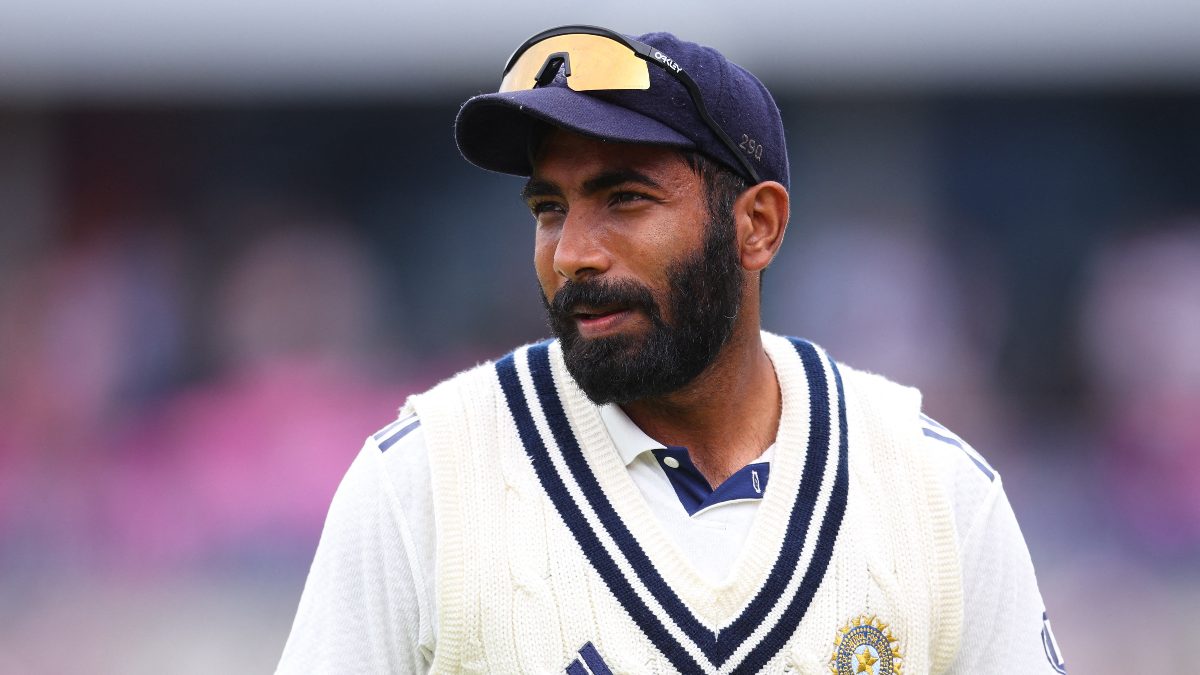From stylish batter Yuvraj Singh to hard-hitting MS Dhoni, Team India has never been short of finishers in limited-over formats. Given the number of matches he has won for India, especially while chasing, Virat Kohli can also be placed in the same category. Thus, can a particular batting number be associated with the role of a finisher?
The common understanding is that those who come late in the order, at No. 5, 6, or 7, generally carry the onus of finishing the innings for the team. This is evident in the cases of MS Dhoni, who batted at No. 5 and 6 in ODIs for the majority of his career and is considered one of the greatest finishers of all time.
Another example is Michael Bevan, who acted as a crisis manager for Australia in ODIs, winning many matches by anchoring the innings and building partnerships with tailenders. These examples suggest that the No. 6 batter can be the bona fide finisher.
Gambhir’s unconventional opinion on finisher’s role
However, Team India head coach Gautam Gambhir does not hold the same opinion. “I have never understood why the finisher’s tag is given only to Nos. 5 to 7," he once told Star Sports.
According to Gambhir, the one who scores the final run for the team is the finisher, and as per that criterion, anyone can be a finisher.
“An opener can also be a finisher. A No. 11 can also be a finisher. This has just been created by the media. There was probably no finisher 10 years ago. There can’t be a better finisher than Virat Kohli because of the number of games he has won. So don’t call only the Nos. 5, 6 and 7 as finishers. Whoever scores the last run is a finisher,” he added.
The logic stated by the Indian head coach might hold some value, but it’s debatable and comes down to different perspectives. One may agree with Gambhir, while others might argue that just as not every player can become an opener, not every player can be a finisher, making the traditional definition more relevant.


)

)
)
)
)
)
)
)
)



